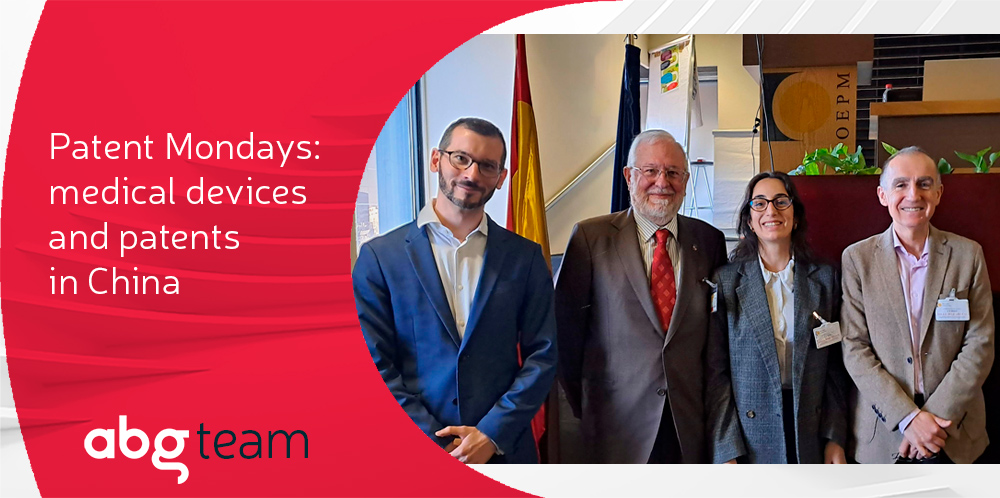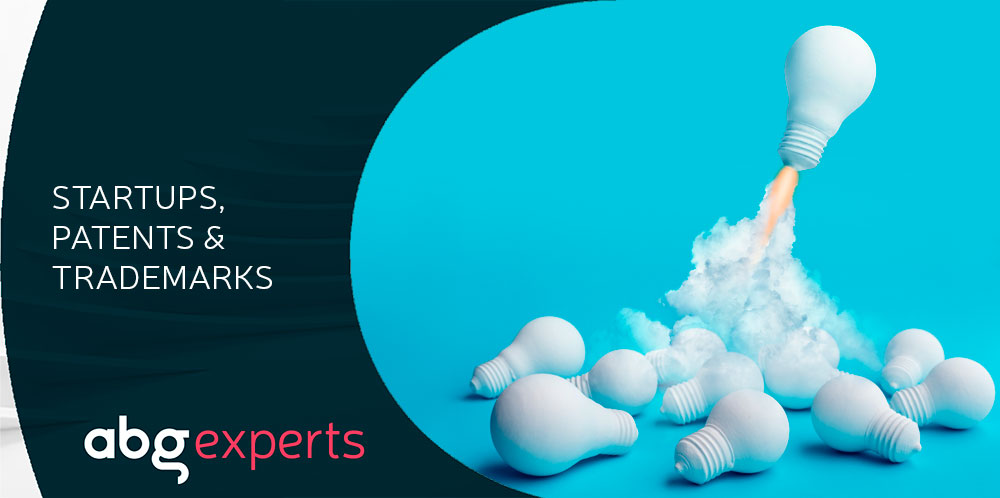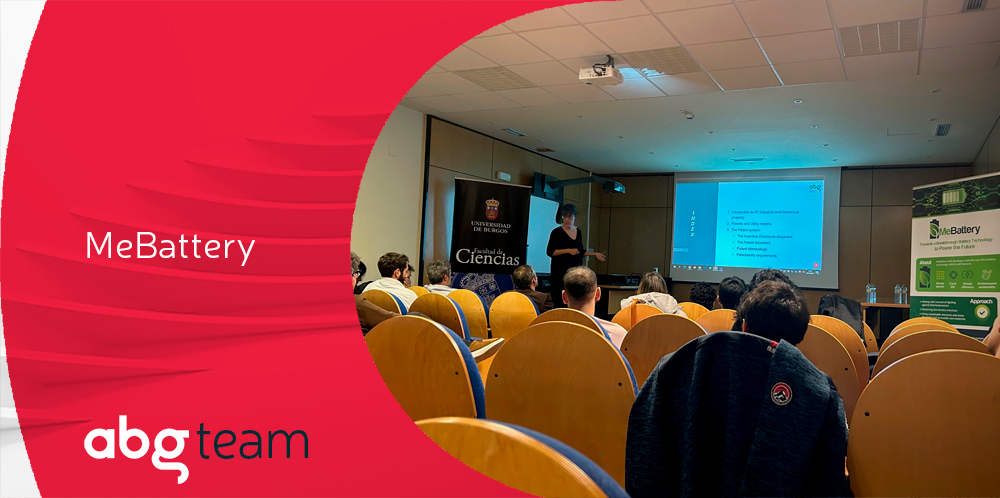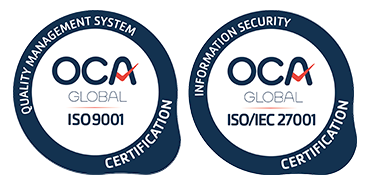Straight, with milk, short or long, hot or cold, iced, spiked… whatever the combination, there is no doubt that coffee is one of the world´s favourite beverages.
It is the most consumed infusion on the planet; approximately 10 million tonnes of the substance was consumed in the fiscal year 2020/2021.
The socializing nature and the unmistakable aroma of the drink have been, are and will be a source of inspiration for authors, artists and inventors of all kinds. Even our beloved IP has succumbed to its power of attraction. Thousands of patent titles contain the word coffee.
Here are a few examples:

Coffee masters and inventors
The age-old cultivation of coffee occurs in the tropical and subtropical areas of the planet, in countries such as Ethiopia, Brazil, Vietnam or Colombia. The stimulating effect that is so characteristic of coffee made its consumption prohibited in several countries during different periods of history for a variety of reasons that were often absurd: from attributing satanic connections to the drink to considering it a threat to the political and social stability of a nation for awakening the critical spirit of the consumer.
Beliefs and superstitions aside, coffee pioneers brought this aromatic fruit from Africa and Asia to Europe and, from there, to the Americas and Oceania. Many inventors who were fond of the coffee plant were inspired to make gadgets designed to grind, filter and prepare it.

In the Anglo-Saxon world, the first drip coffee maker, created by Sir Benjamin Thompson, arrived at the end of the 18th century. It was followed by the coffee mills invented by Thomas Bruff, whose 1798 patent was lost in the fire that devastated the United States Patent and Trademark Office in 1836, and the invention by J.H. Nanson, to whom a patent was granted in 1865 (US 51741).
Instant patents
Soluble coffee has been with us for more than a century thanks to the work of many pioneers. Each one of them has done their part to make instant coffee one of the most popular options in our days of stress and haste.
The first to achieve this feat was Satori Kato, an American chemist of Japanese origin.
His formula was embodied in the patent US 735777 of 1903 and served as the basis for improvements that were later made by George Constant Washington of Britain and Max Morgenthaler of Germany.

In the early 1930s, Morgenthaler was part of the staff at Nestlé, which had acquired Kato’s patent a few years earlier. The culmination of the Morgenthaler’s achievements came in 1938, the year in which the instant solution was distributed worldwide and with overwhelming success under the now well-known brand Nescafé.
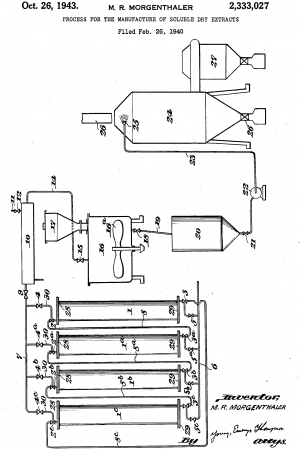
Spain makes it differently
Jose Gomez-Tejedor is the inventor who marked a before and after in coffee consumption in Spain and several Latin American countries. He opted for roasted coffee, obtained by adding sugar during the roasting process of the beans.
In his first patent ES 28829 he embodied the “mechanical procedure for roasting coffee”. Caramelization lengthened the preservation of the product (the aroma and properties) while facilitating long-distance distribution and lowering production and marketing costs.
The concession came to him in 1901, in accordance with the Spanish Patent Law of 1878, which did not require claims to be filed. It was enough to just submit a Letter that clearly stated the object, process or invention to be patented.

Gómez-Tejedor patented several roasting procedures at the beginning of the 20th century, although that wasn’t all he did. He also patented a “method for making substitute coffee beans” (ES 180282).
Tejedor, hailing from the Castile and León region of Spain, founded Cafés La Estrella, whose brand M 1033912 was granted in 1983. It was acquired by Nestlé in 1987.
In recent years, the battle against sugar in our diet has made this variety of coffee less popular with coffee enthusiasts, who are now leaning towards natural coffee. Its consumption dropped 14.3% from 2015 to 2019.
Espresso machines
One country where coffee had a whopping effect was Italy. The boot-shaped country produced revolutionary coffee makers.
Angelo Moriondo introduced the first espresso machine in 1884. With the help of pressurized steam, traditional coffee brewing times were shortened, which allowed more than one cup to be served at a time, the drinks then being covered with an irresistible layer of cream.
The contraption was awarded the bronze medal at the General Expo of Turin that year. The world of cafes and restaurants had changed forever; and for the better.

Decades later, in 1933, Alfonso Bialetti devised a coffee maker made entirely of aluminium to be used at home.
The assembly, formed by two main containers connected to each other by a funnel, was originally known as the Moka Express.
The engineer went from selling dozens of units in his small workshop and local markets, to selling millions through his large company Alfonso Bialetti & Co., PLC, through which he added improvements and patents to his invention.
In households all over Spain this culinary icon is known as “la italiana” (the Italian).

The capsule revolution
Although the widespread consumption of coffee capsules is recent, the phenomenon originated in 1976, when Eric Favre, then an engineer at Nestlé, patented the pod coffee maker (CH 605293). In Spain, the “Improved cartridge for making a beverage” was registered as a Utility Model (ES 232747U).
The huge popularity of the capsules has not only led to millions in sales, but also to a long history of patent wars.
The most notorious legal battles have been those fought by Nestlé. The Swiss company has sued (with varying results) competitors such as the American Sara Lee Corp., the Spanish Oquendo Company and also the Swiss Ethical Coffee Company for infringement and acts of unfair competition for marketing capsules compatible with Nespresso and Dolce Gusto at lower prices.

After several lawsuits, appeals and rulings, German, French and Swiss courts, just to name a few, have ruled in favour of competition. By ruling that the purchase of a pod coffee maker by a consumer gives them the right to use it as they deem most suitable to their needs, the courts gave consumers the green light to use any type of capsule, from any manufacturer. However, it should be noted some patents protect the features of some capsules, thereby limiting freedom of use. The thin red line of legal interpretations ensures long-lasting battles.
Yet, what no one can object to is the aforementioned power of coffee. It brings people together and also serves as the perfect companion on those moments when you need to treat yourselves alone. For that same reason, this ABGstories recommends you enjoying a well-deserved break by pouring yourselves a nice cup of coffee as soon as you get home!






